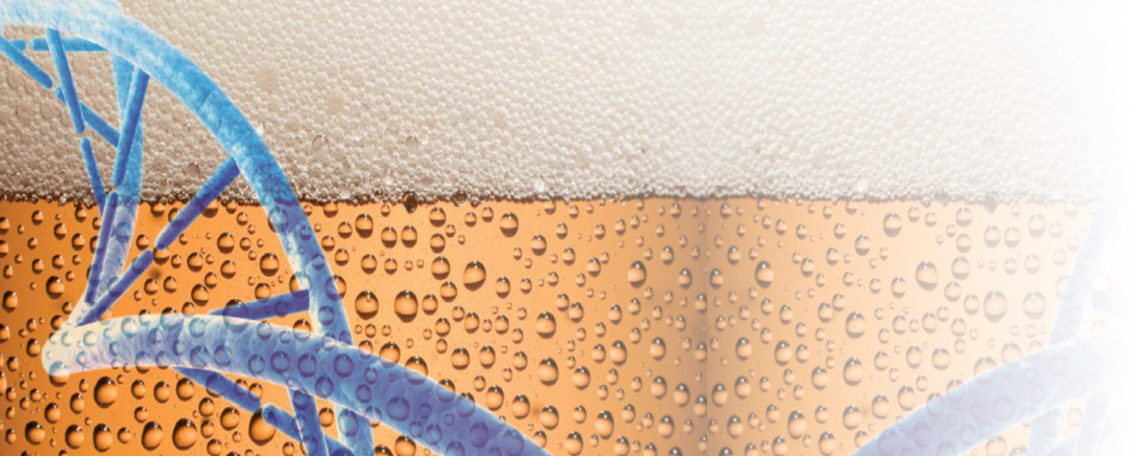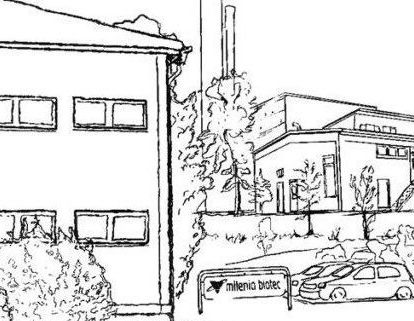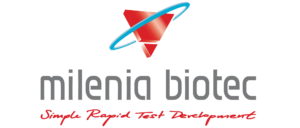In the case of slow-growing or hard-to-cultivate bacteria being present in the swab, it can take days, up to weeks, until a positive result from a culture can be reported. In this event, initiation of causal cleaning activities cannot be initiated.

The quality of beer is controlled in breweries at each individual level of the production process. The presence of beer spoilage microorganisms is associated with an elevated risk to beer quality. Microbial contaminations create a negative impact on the taste, the texture and the smell of the final product. Contamination can occur over the entire production process, although the area of the filling machine is the prime spot for secondary contamination. For this reason, filling machines are cleaned intensively on a regular basis and the success of the cleaning process is controlled via close hygienic monitoring. During this process, swabs are taken from different places on the filling machine, especially in the area of the fillers, and are transferred to a selective culture medium in order to monitor the potential bacterial growth.
For this reason, we are presenting a method that allows detection of beer spoilage bacteria directly from swabs within 2 hours! In this setting, the detection of obligate anaerobic bacteria of the genus Megasphaera and Pectinatus are of special interest. The basis of this method is the combination of a rapid extraction of the bacterial nucleic acids from the swabs, followed by PCR amplification. Amplicons can be visualized with an easy-to-handle, rapid, universal Lateral Flow Device. Results can be interpreted in minutes after initiating the Lateral Flow Analysis. The whole procedure will take approx. 2h from sample collection to result interpretation with a hands-on-time of approx. 30 -45 minutes.
A comparative study revealed that this direct detection approach showed a surprisingly good agreement with the culture-based detection of obligate beer spoiling bacteria. This technique was directly transferred into practical usage by every participating brewery!
If you have questions related to the detection of beer spoilage microorganisms from swabs, or you would like to receive a demonstration in your brewery, please fill in the Contact Form and send it to us.
If you want to learn more about the Milenia GenLine Kits for the detection of beer spoiling bacteria, click here.

